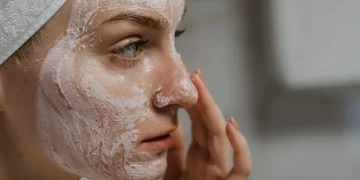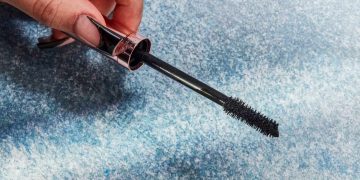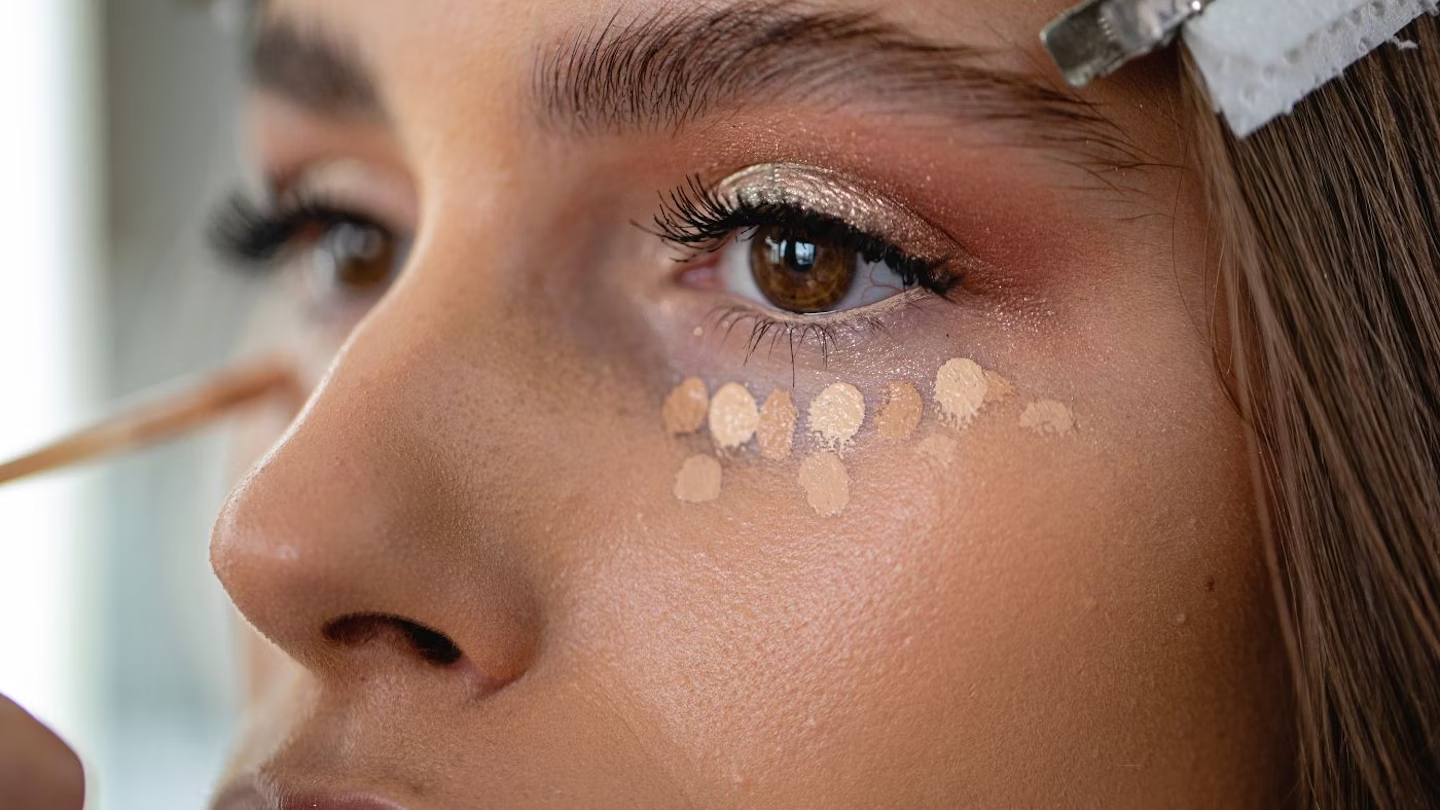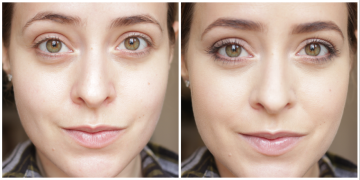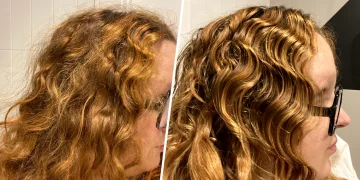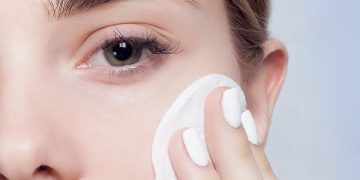When it comes to maintaining healthy hair, one of the most common questions people ask is, “How often should I wash my hair?” The answer is not one-size-fits-all, as hair type, lifestyle, and scalp condition all play a significant role in determining how frequently you should cleanse your hair. Overwashing can lead to dryness, damage, and frizz, while under-washing can result in a buildup of oil, dirt, and product residue. To help you find the perfect balance for your hair, this comprehensive guide will break down the factors that influence hair-washing frequency and provide tips for different hair types.
Why Does Hair-Washing Frequency Matter?
Washing your hair is essential to keep your scalp clean, remove product buildup, and prevent excess oil production. However, frequent washing can strip the hair and scalp of natural oils, leaving it dry and prone to damage. On the other hand, not washing your hair often enough can lead to greasy, limp hair, clogged pores, and a dull appearance.
The key is finding the right washing schedule that suits your hair’s specific needs. The frequency of hair washing depends on several factors, including hair type, scalp condition, lifestyle, and the products you use. Understanding these elements will help you achieve the perfect balance between clean and nourished hair.
Factors That Influence Hair-Washing Frequency
- Hair Type
Different hair types require different care, which directly affects how often you should wash your hair. For example, oily hair may need more frequent washing, while dry or curly hair might benefit from washing less often. - Scalp Condition
Your scalp’s condition plays a big role in how often you should shampoo. If you have a dry, flaky scalp, washing too frequently can exacerbate the issue. Conversely, an oily scalp may need more regular washing to prevent buildup. - Lifestyle and Activity Level
Your daily activities also influence how often you should wash your hair. If you exercise frequently, sweat, or use hair styling products regularly, you may need to wash your hair more often to remove buildup and sweat. If you have a sedentary lifestyle and don’t use many products, you may be able to go longer between washes. - Product Use
If you regularly use styling products like hairspray, mousse, or gel, you might need to wash your hair more frequently to prevent product buildup. On the other hand, if you use minimal products, you might be able to space out your washes.
How Often Should You Wash Different Hair Types?
To help you determine the right washing frequency for your hair, let’s break it down by hair type.
1. Straight Hair
Straight hair tends to be oily, especially at the roots, since sebum from the scalp travels down the smooth hair shaft more easily. If you have straight hair, you may need to wash it more often to control oil buildup.
- Ideal Frequency: Every 2-3 days
- Why: Straight hair produces more oil and can look greasy more quickly. However, washing too frequently can lead to dryness, so aim to wash your hair every two to three days, depending on how oily your scalp gets.
2. Wavy Hair
Wavy hair can range from slightly oily to dry, depending on the texture and thickness. Wavy hair often has more volume and texture than straight hair, which means it can hide oil buildup more effectively.
- Ideal Frequency: Every 2-4 days
- Why: Wavy hair tends to be more resilient to oil buildup than straight hair, but you may still need to wash it every 2-4 days depending on how your scalp behaves. If your waves are on the drier side, you can extend the time between washes.
3. Curly Hair
Curly hair is more prone to dryness because the natural oils from your scalp have a harder time traveling down the twists and turns of each strand. Curly hair also tends to hold its shape better without frequent washing, so it doesn’t need to be cleaned as often as other hair types.
- Ideal Frequency: Every 4-7 days
- Why: Curly hair doesn’t accumulate oil as quickly as straight hair, and washing it too often can strip it of natural moisture. Aim to wash curly hair once a week or every 4-7 days. In between washes, use dry shampoo to absorb excess oil.
4. Coily/Kinky Hair
Coily and kinky hair types tend to be the driest because the tightly curled texture makes it harder for oils to travel down the hair shaft. Washing too frequently can strip the hair of its natural oils, leading to further dryness.
- Ideal Frequency: Once a week or every 7-10 days
- Why: Like curly hair, coily hair requires less frequent washing due to its dry nature. Excess washing can lead to further dehydration. Stick to washing it once a week or as needed, and focus on deep conditioning and moisturizing in between washes.

5. Fine Hair
Fine hair is more delicate and can become oily quickly, but washing it too frequently can lead to dryness and damage. It’s important to strike a balance between cleanliness and maintaining moisture.
- Ideal Frequency: Every 2-3 days
- Why: Fine hair can look limp and greasy if left too long without washing, but over-washing can lead to breakage. Aim to wash it every 2-3 days, or more frequently if you use styling products or sweat during exercise.
6. Thick Hair
Thick hair typically requires less frequent washing because it doesn’t produce oil as quickly as finer textures. However, it can become heavy and weighed down if left unwashed for too long.
- Ideal Frequency: Every 3-4 days
- Why: Thick hair tends to hold its shape and volume better than fine hair, and it’s less likely to look greasy quickly. Every 3-4 days should be sufficient for thick hair, but you may need to adjust depending on how your scalp feels.
7. Dry or Damaged Hair
If your hair is dry or damaged due to heat styling, coloring, or chemical treatments, washing it too often can exacerbate the issue. Dry hair types require more moisture and nourishment, which can be compromised by frequent washing.
- Ideal Frequency: Once a week or every 7-10 days
- Why: Dry or damaged hair benefits from extended intervals between washes, as it allows natural oils to nourish and protect the strands. Use a leave-in conditioner or hair oil in between washes to maintain moisture levels.
Tips for Maintaining Healthy Hair Between Washes
While you may not need to wash your hair daily, there are several ways to keep it looking fresh and healthy between washes:
- Dry Shampoo
Dry shampoo is a great way to absorb excess oil and refresh your hair between washes. It helps prevent greasy-looking roots and adds volume, making it a perfect solution for people with oily hair who need to extend the time between washes. - Scalp Massages
Gently massaging your scalp can help distribute natural oils and increase blood circulation, which can promote healthier hair growth. Use your fingertips to massage the scalp in circular motions for a few minutes each day. - Avoid Over-Styling
Excessive use of heat tools or styling products can cause buildup on the scalp and hair, which may make you feel the need to wash your hair more frequently. Minimize the use of flat irons, curling irons, and hair sprays to extend the time between washes. - Condition Regularly
Whether you wash your hair every day or once a week, make sure to condition your hair regularly to keep it hydrated and nourished. Use a deep conditioning treatment once a week to replenish moisture, especially if you have dry or damaged hair. - Use Gentle, Sulfate-Free Shampoos
When you do wash your hair, opt for a gentle, sulfate-free shampoo that won’t strip the hair of its natural oils. Look for shampoos that are designed for your specific hair type (e.g., moisturizing shampoo for dry hair or volumizing shampoo for fine hair). - Protect Hair While Sleeping
To maintain the health of your hair, protect it while you sleep by using a silk pillowcase or tying your hair loosely with a satin scrunchie. These materials reduce friction and prevent breakage and frizz.
Conclusion
The ideal hair-washing frequency varies depending on your hair type, scalp condition, and lifestyle. While some people may need to wash their hair every day, others can stretch their washes to every week or more. The key is to find a routine that works for you and helps keep your hair clean, nourished, and healthy. By understanding your hair’s unique needs and adjusting your washing habits accordingly, you can maintain shiny, manageable hair without over-stripping it of its natural oils.

